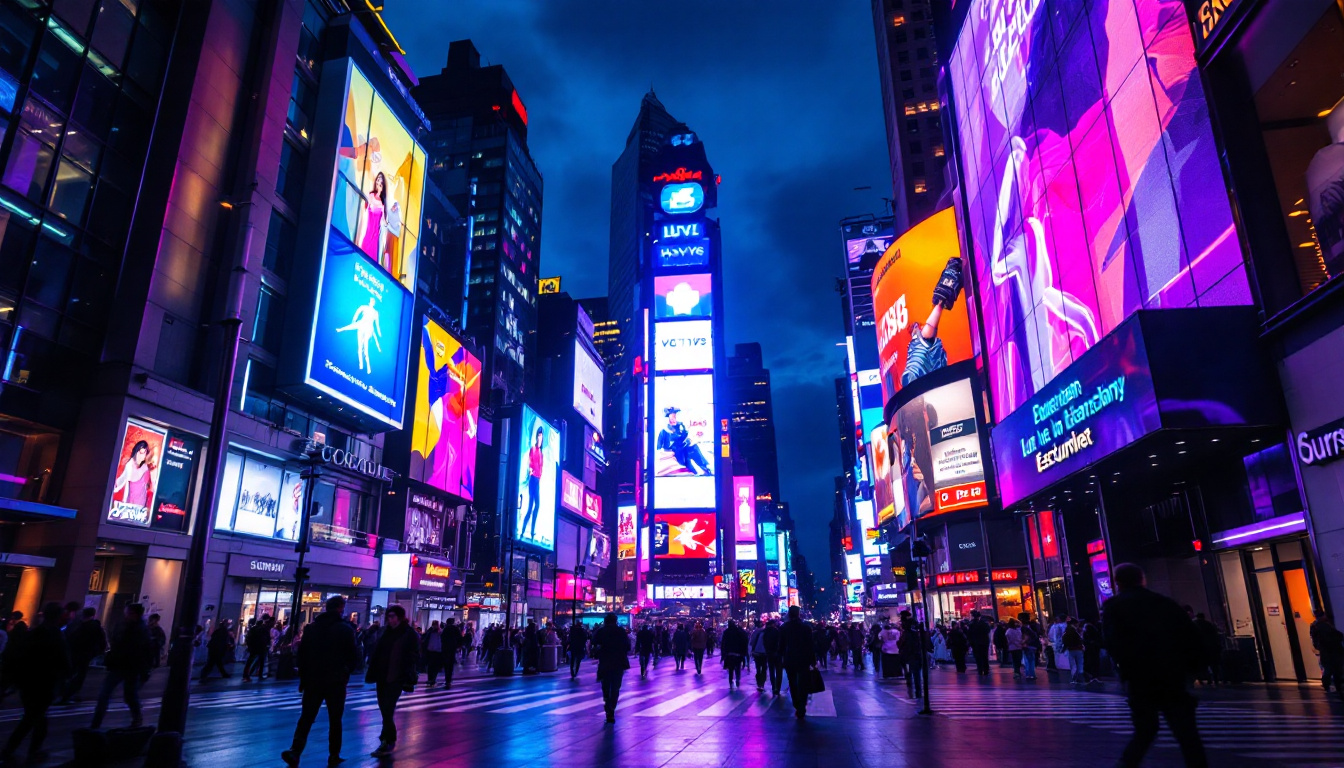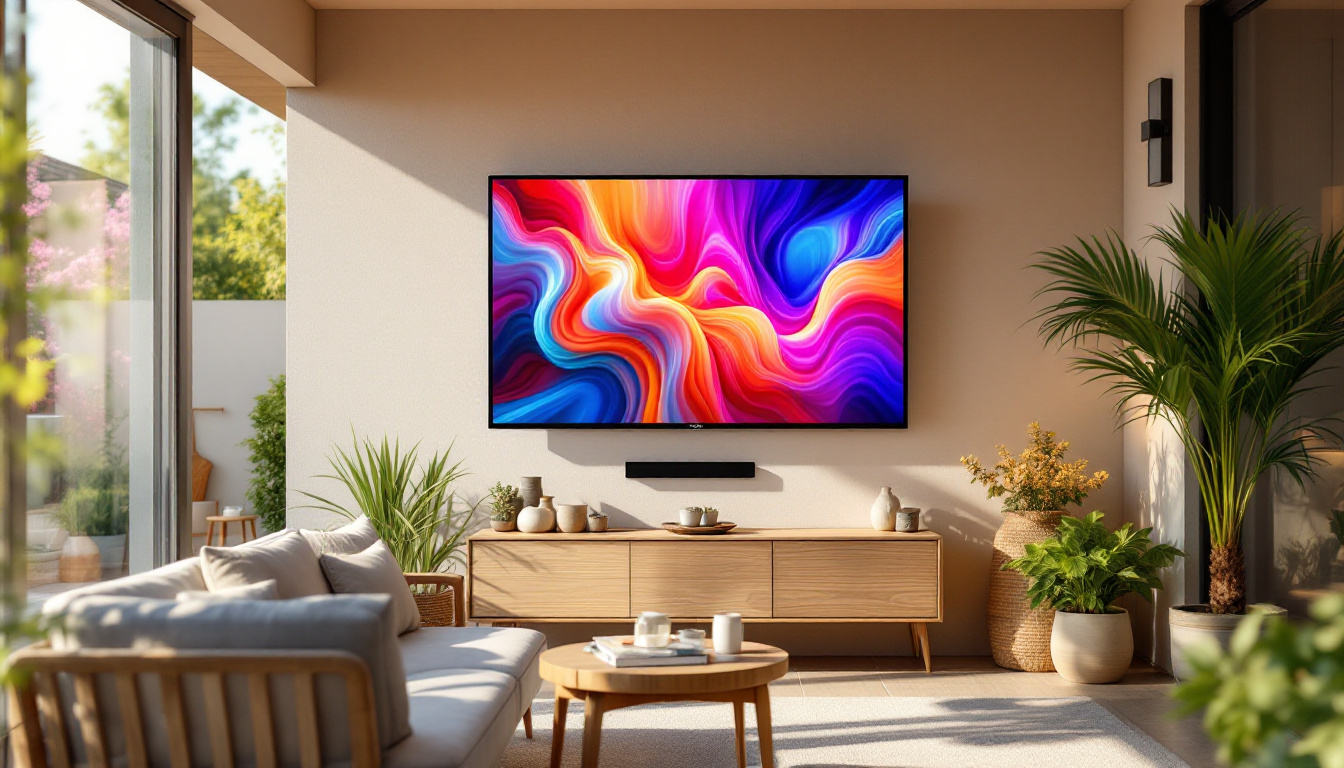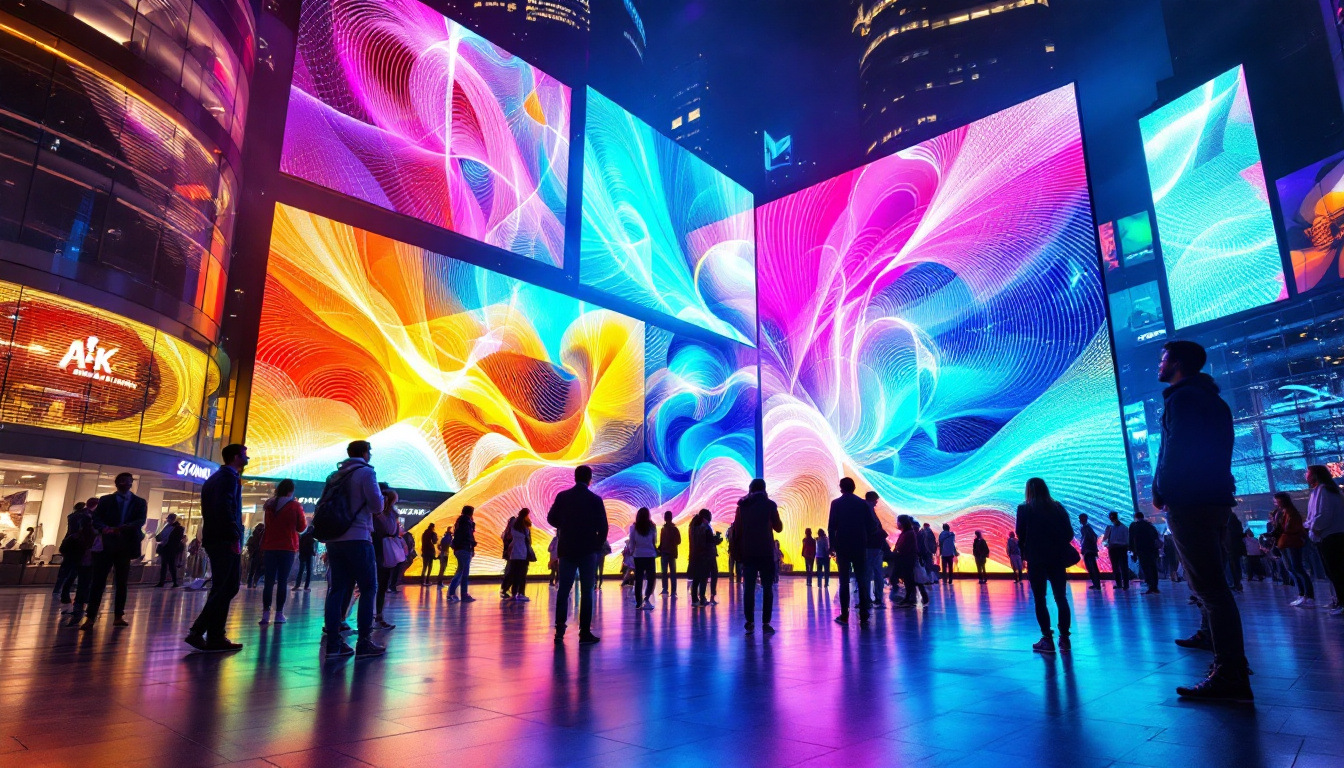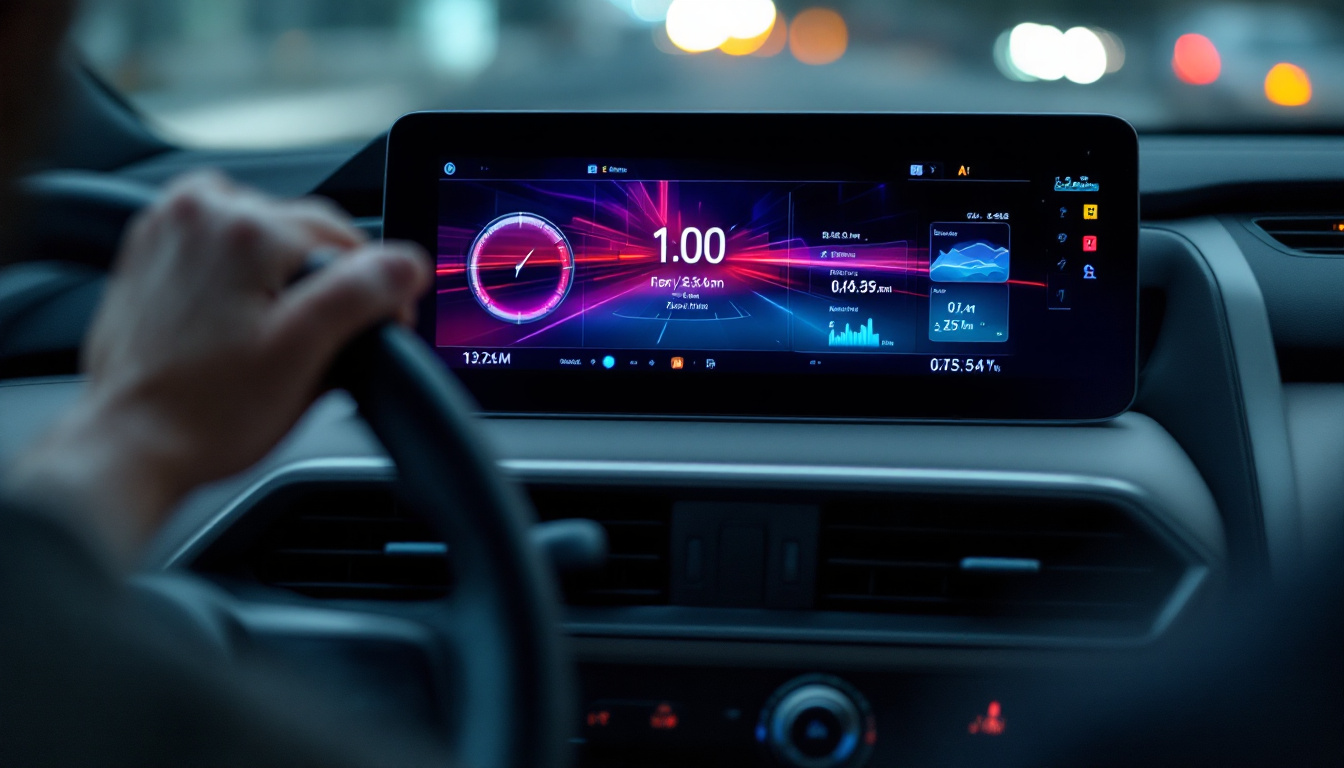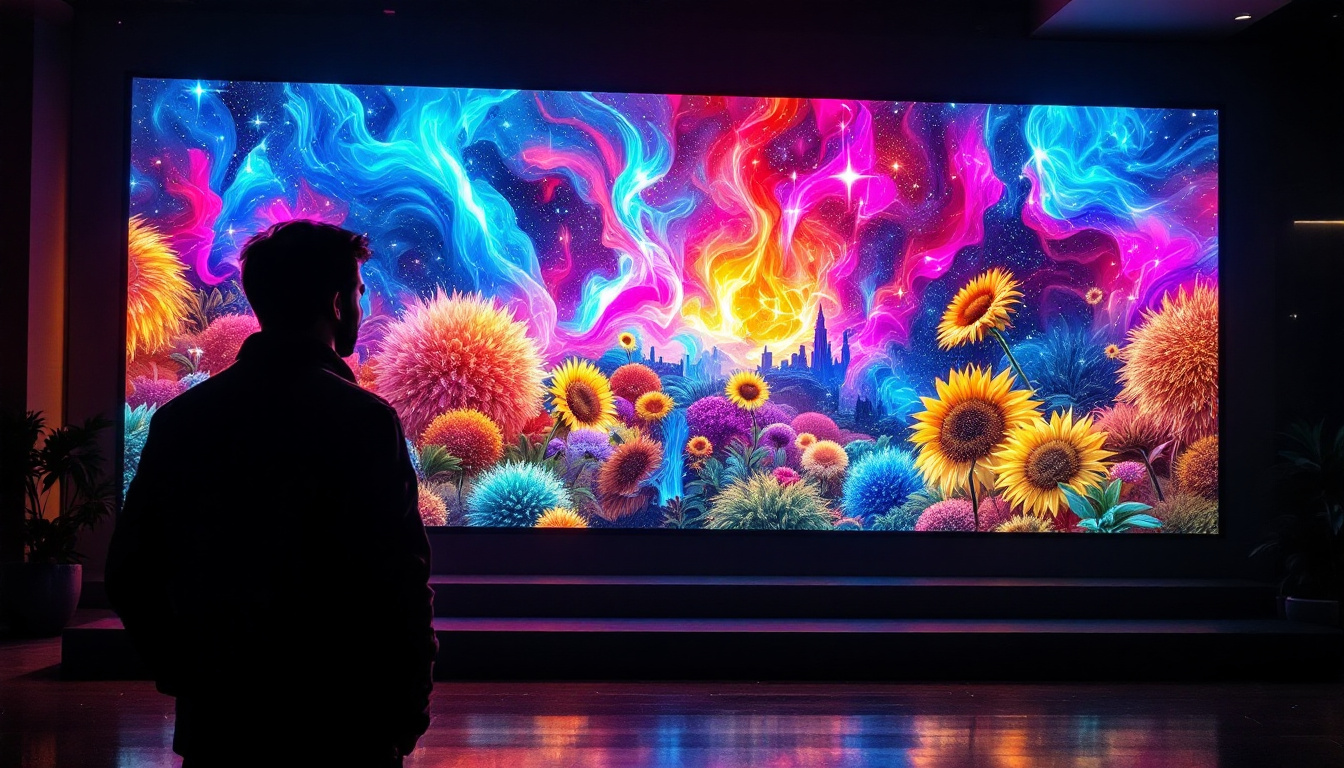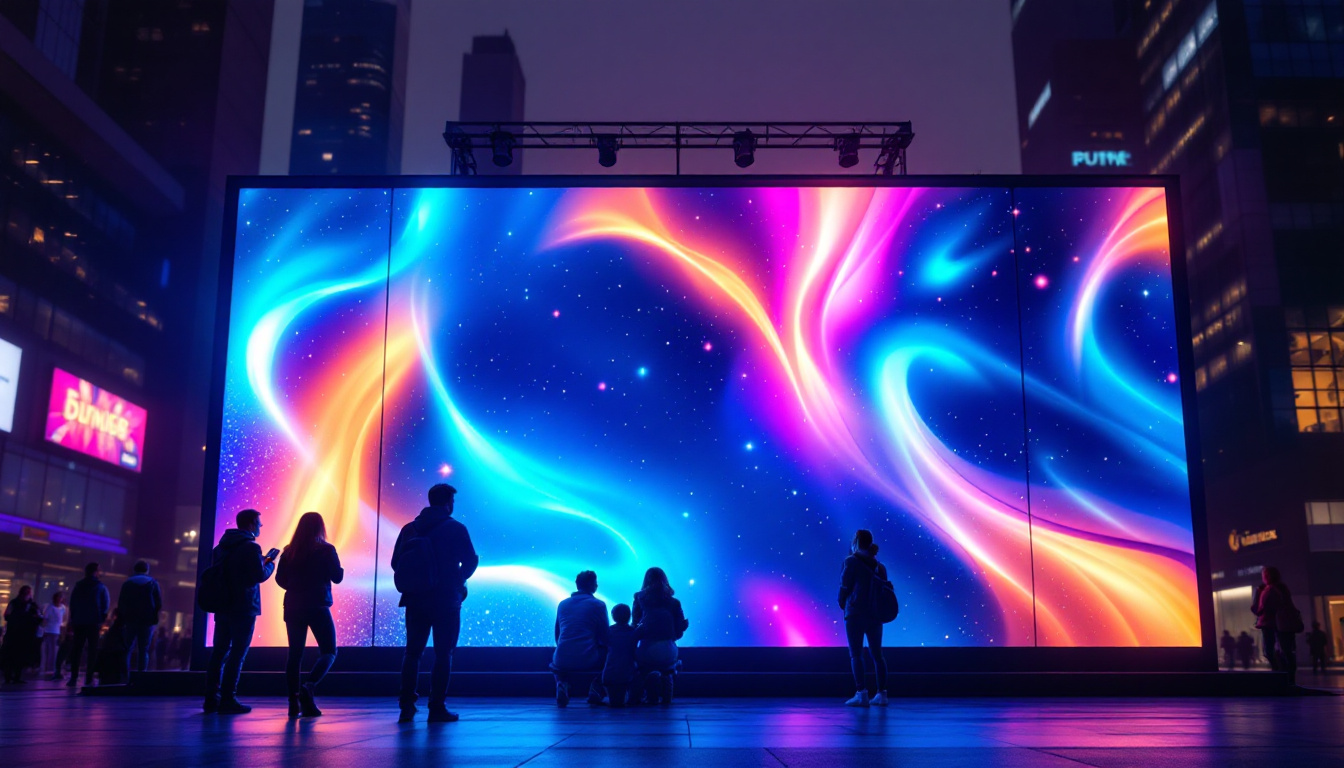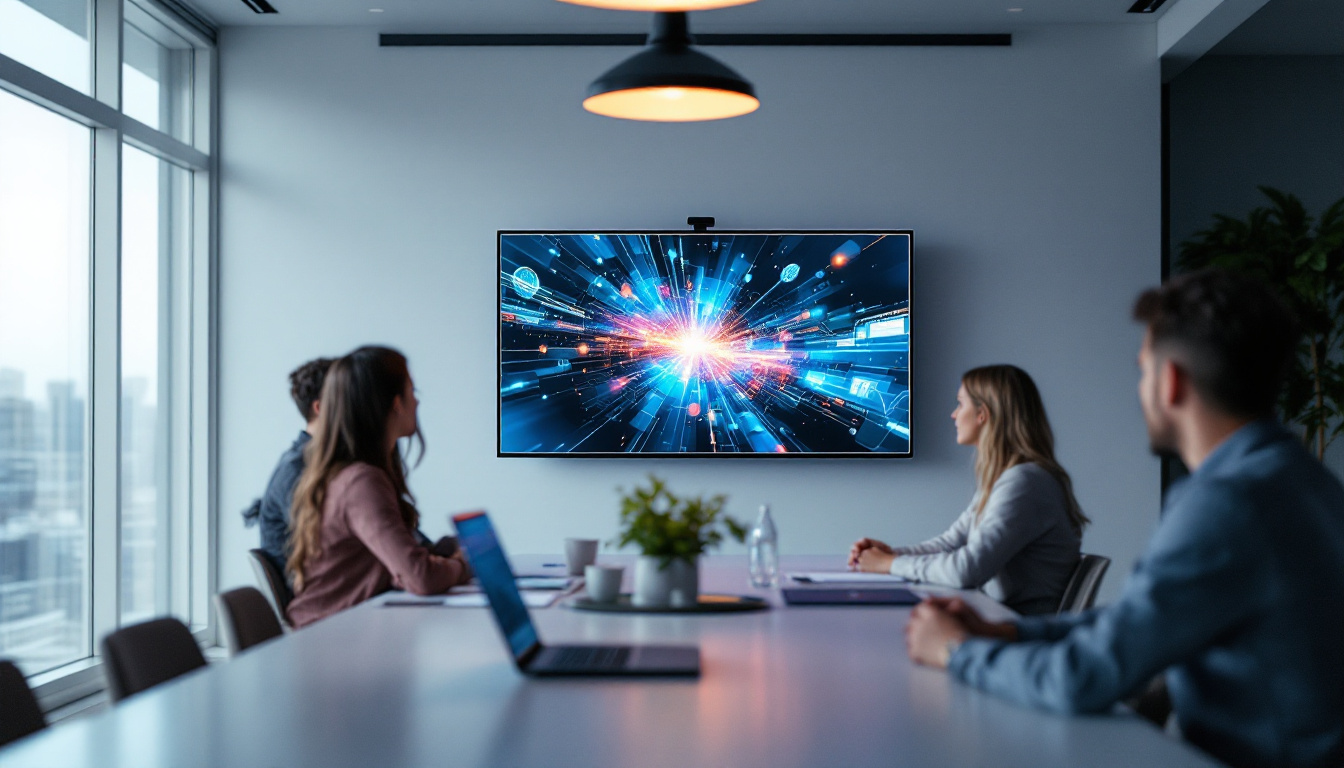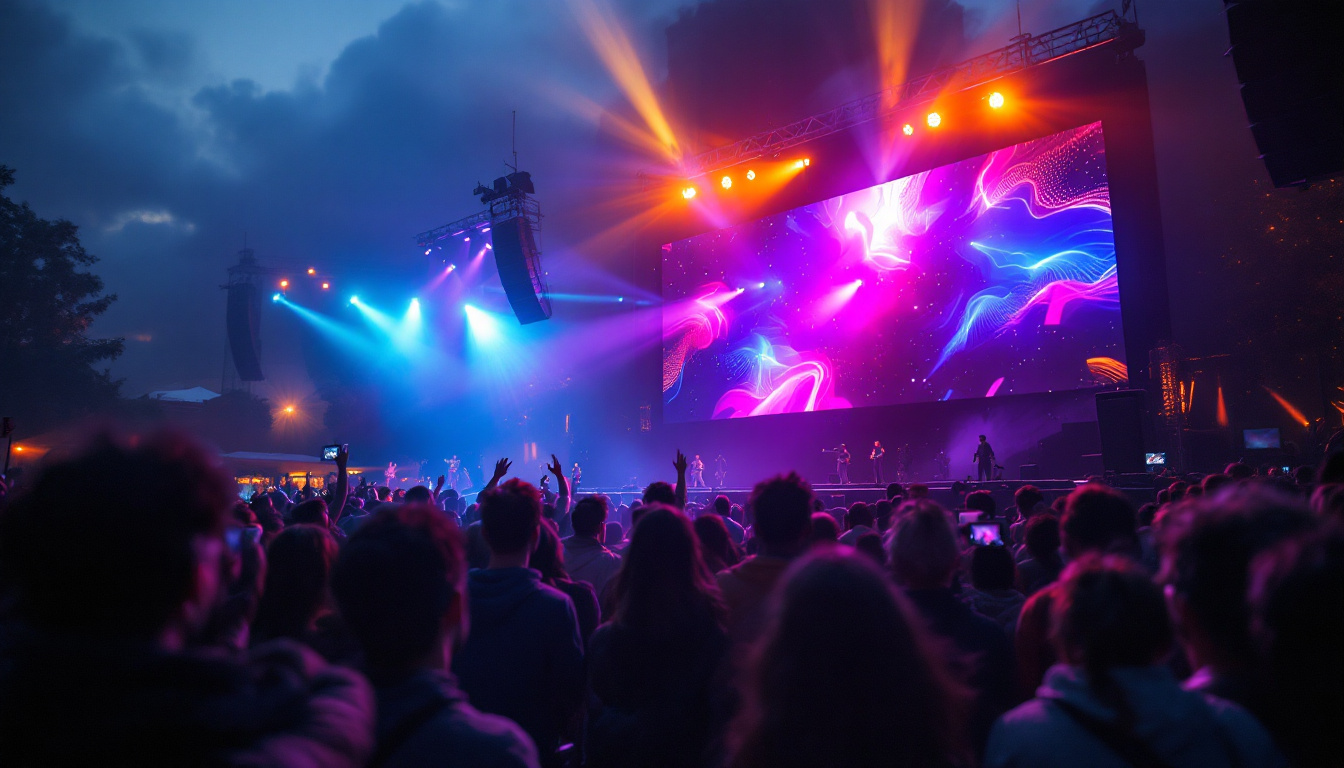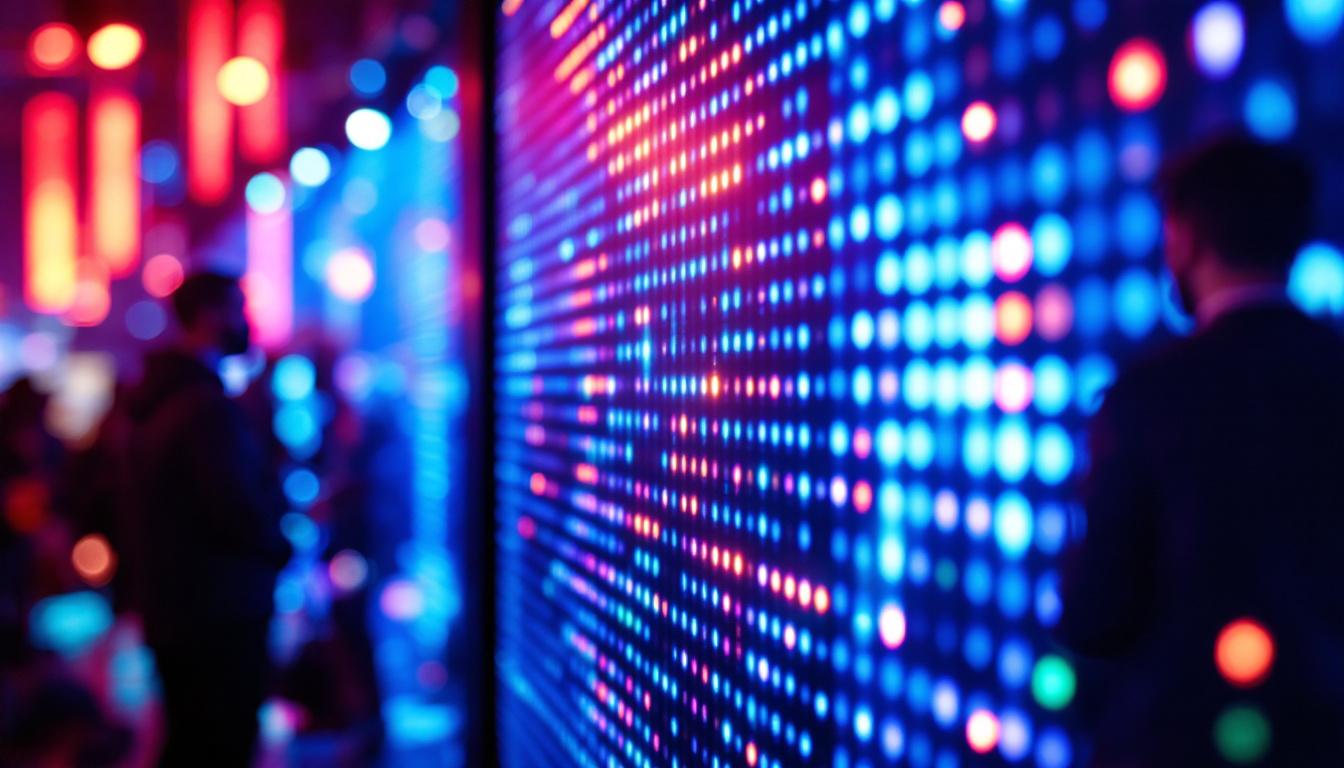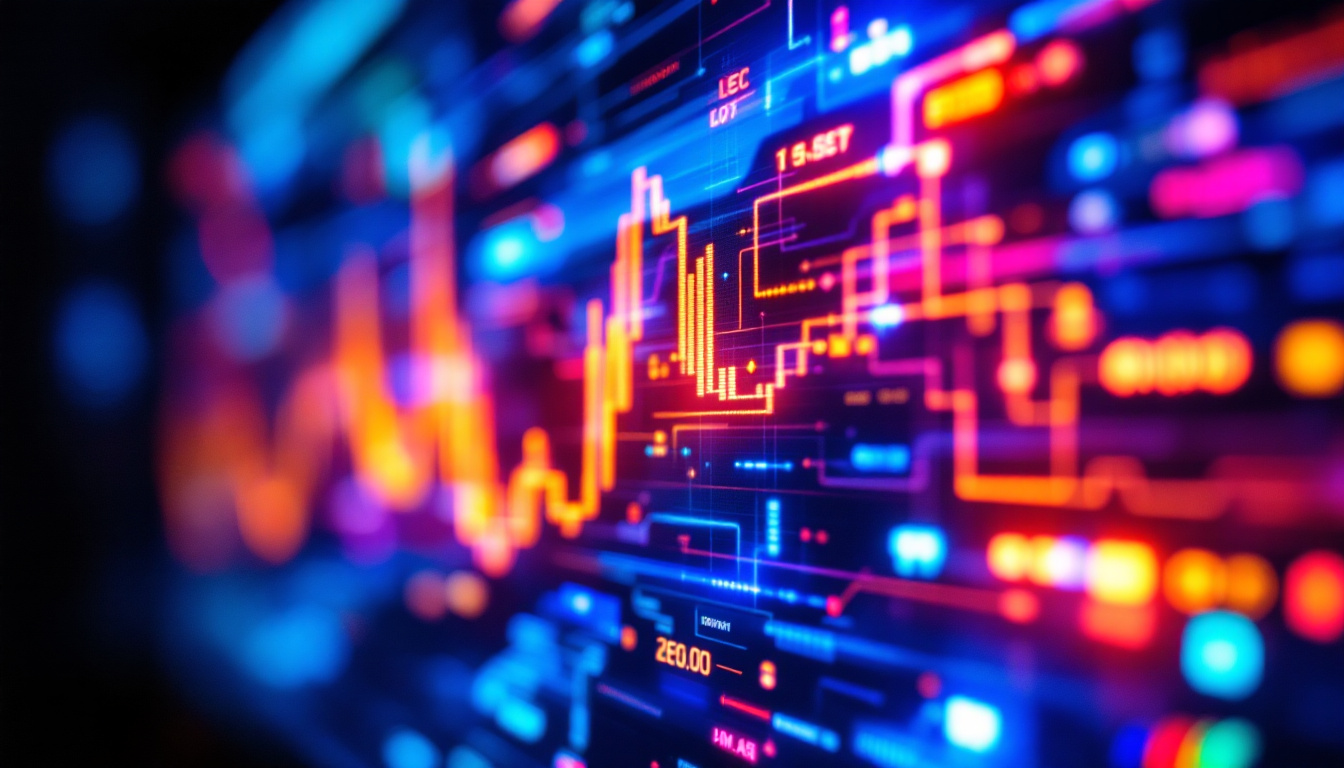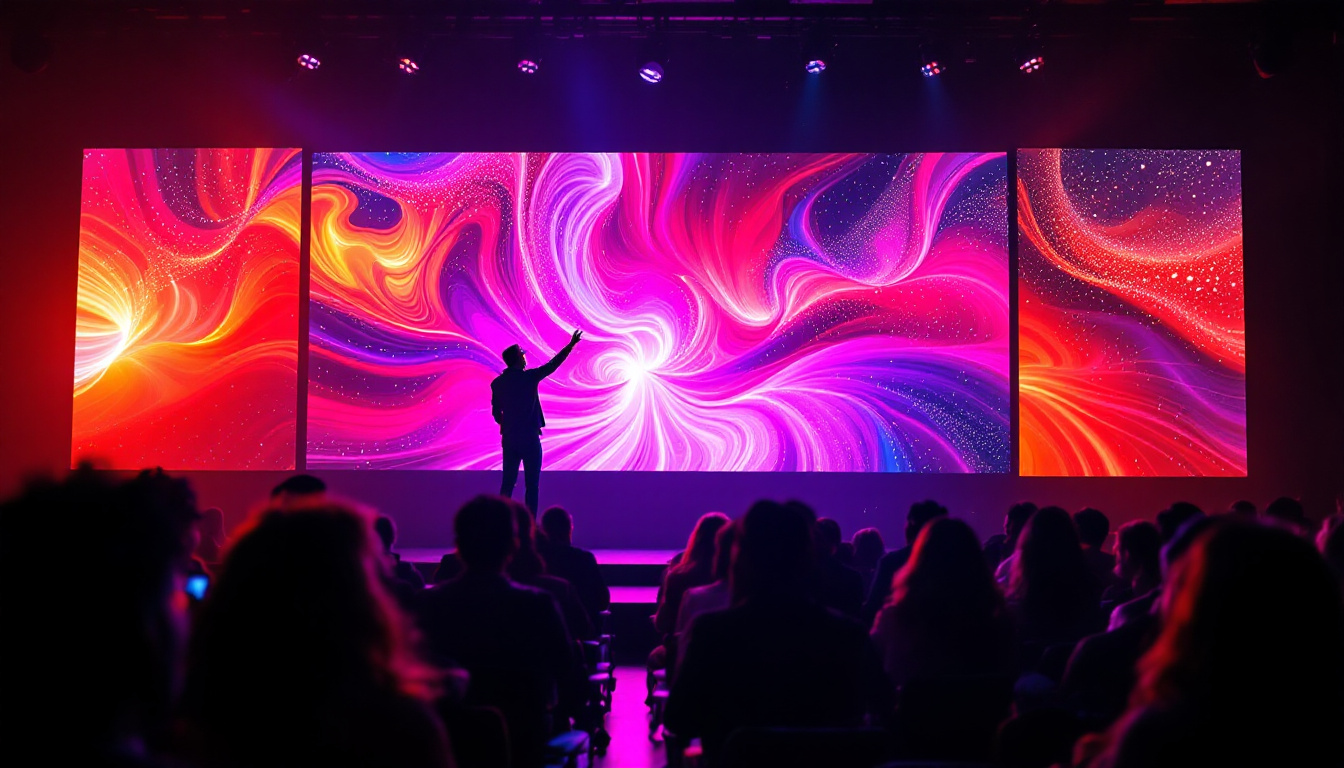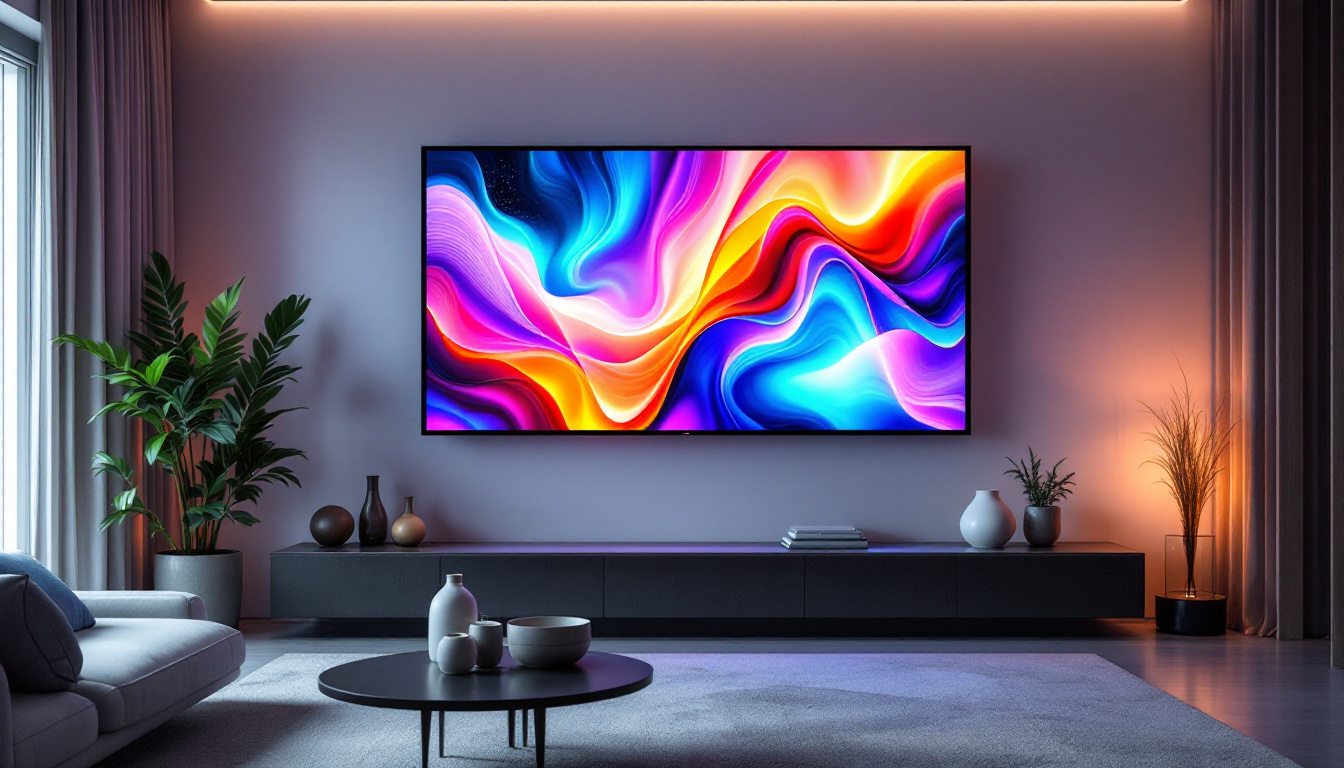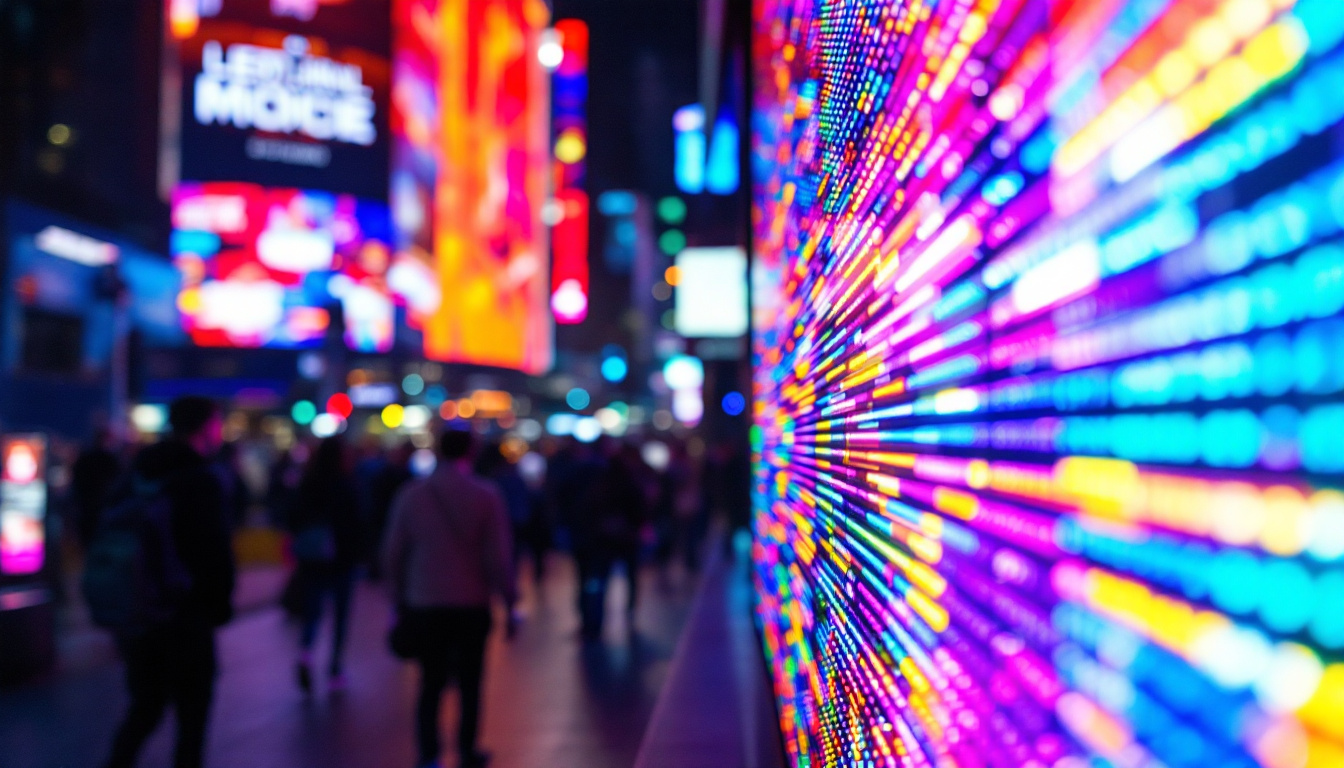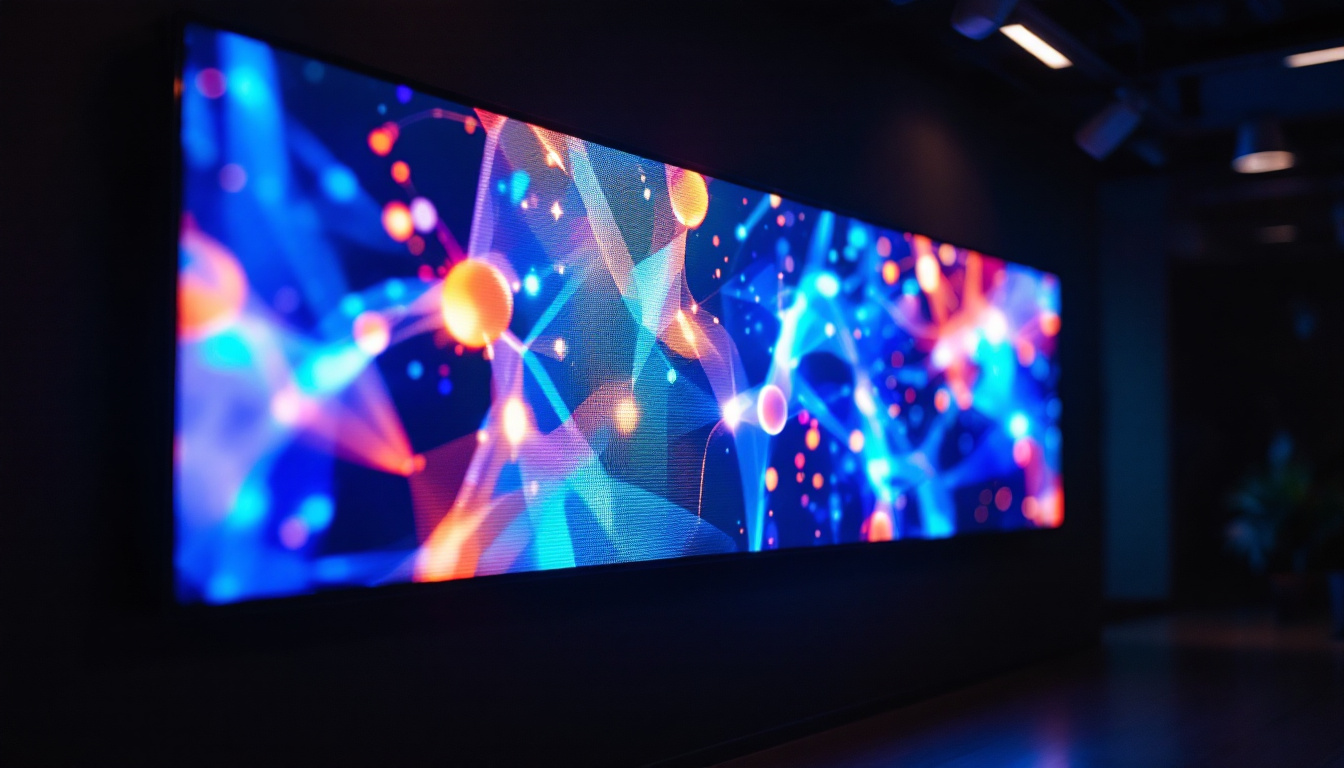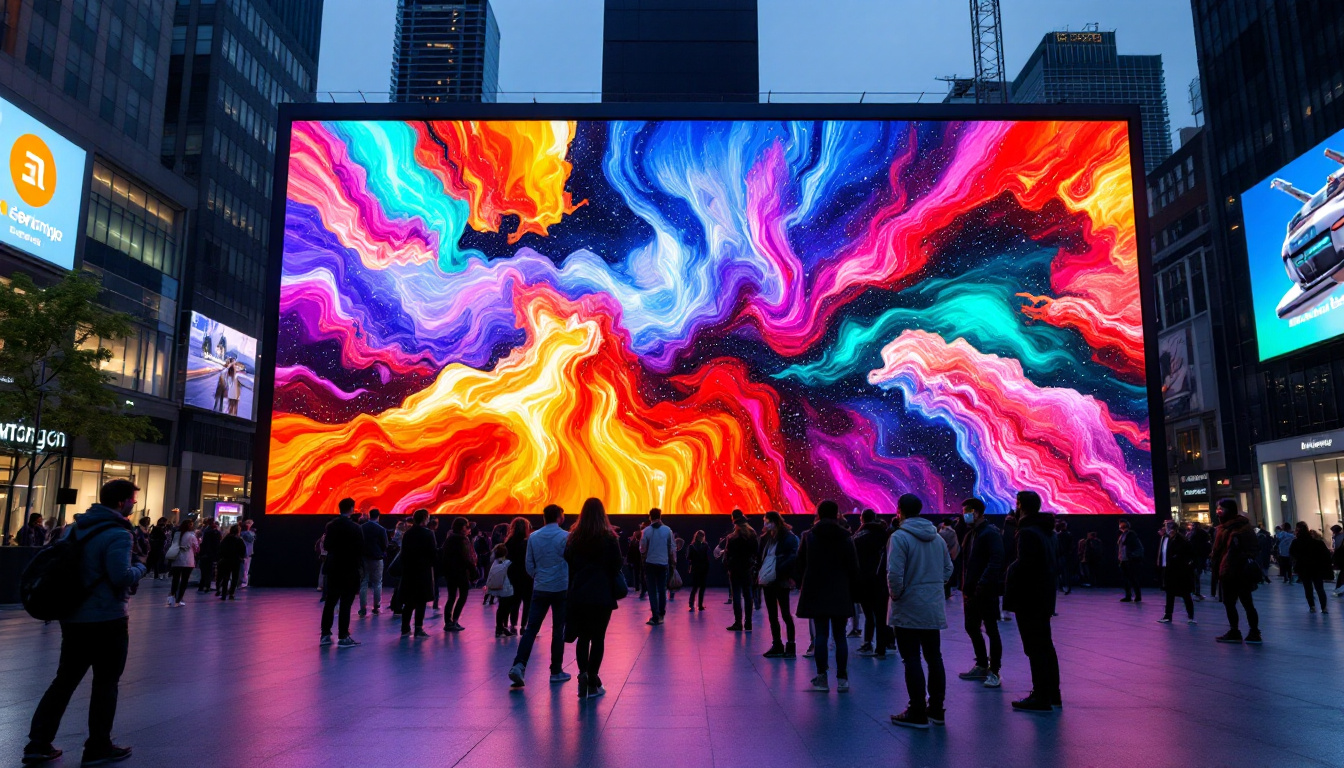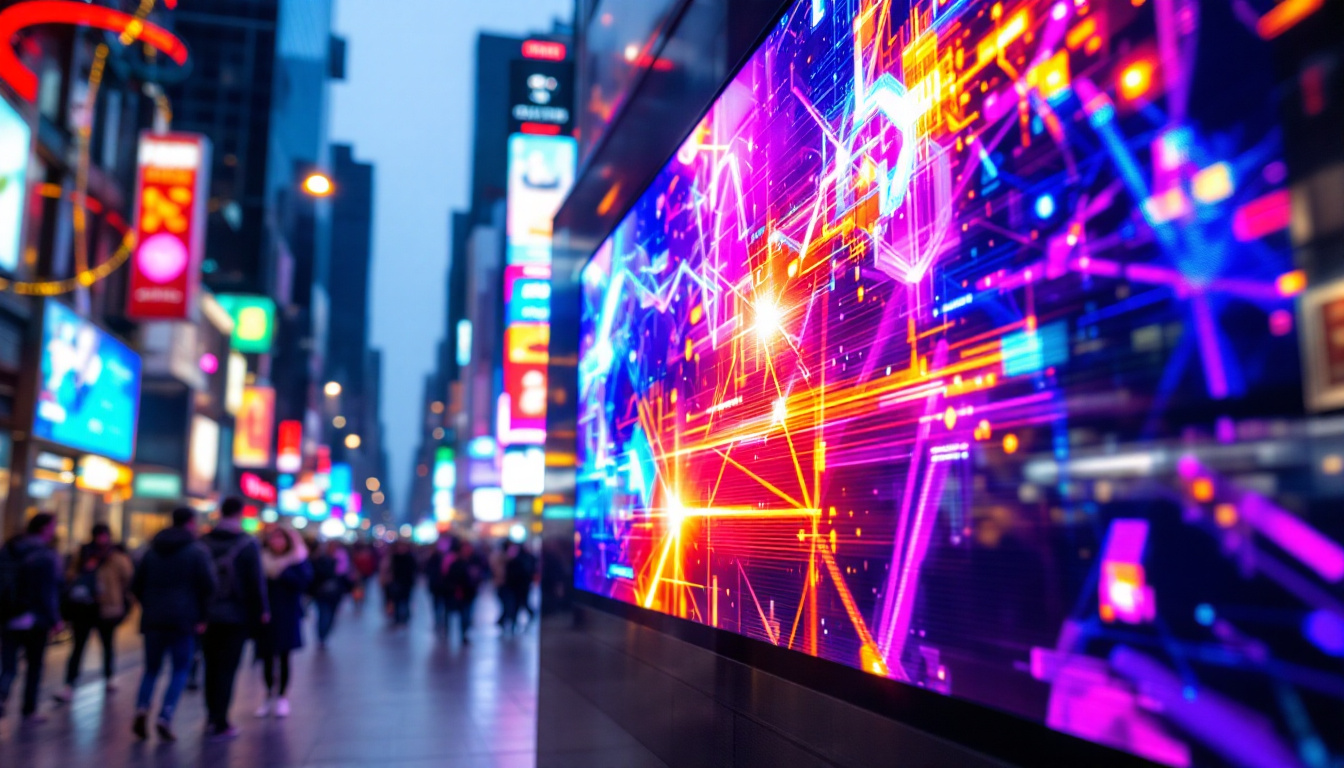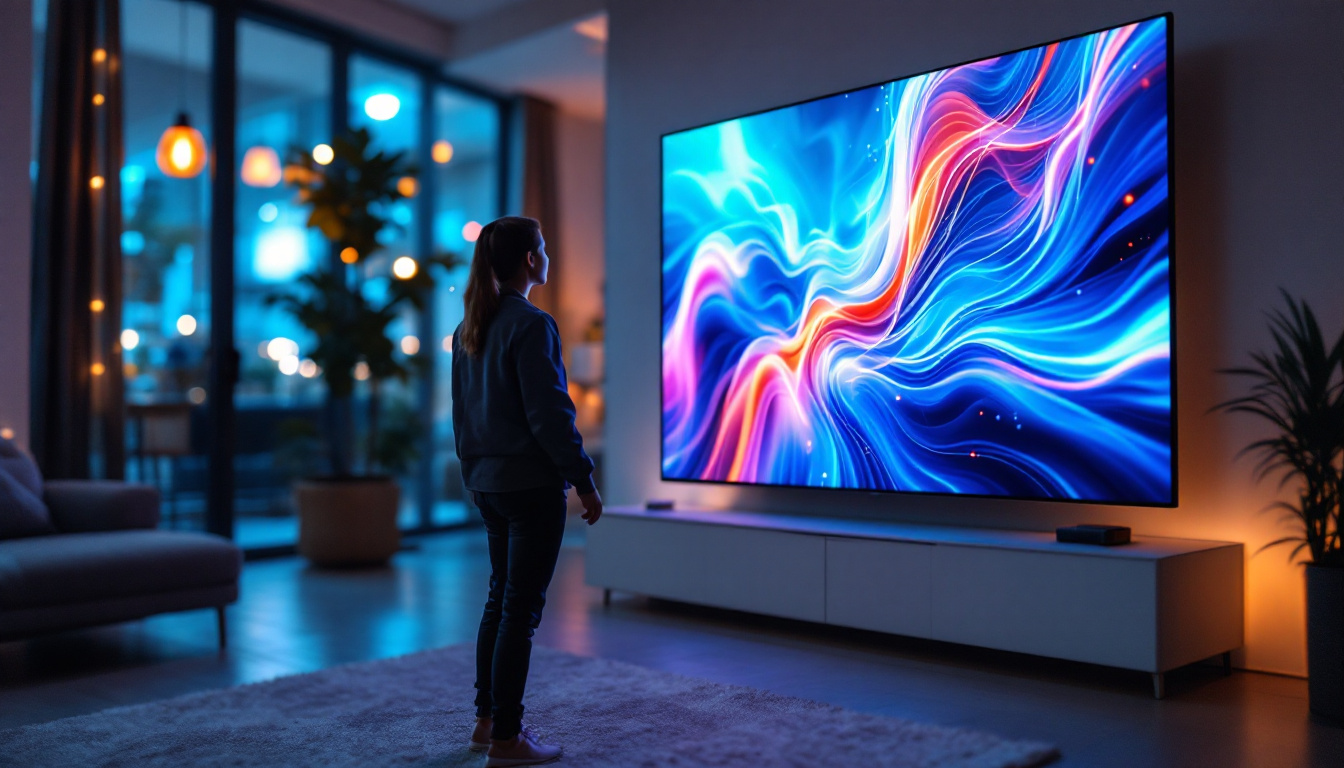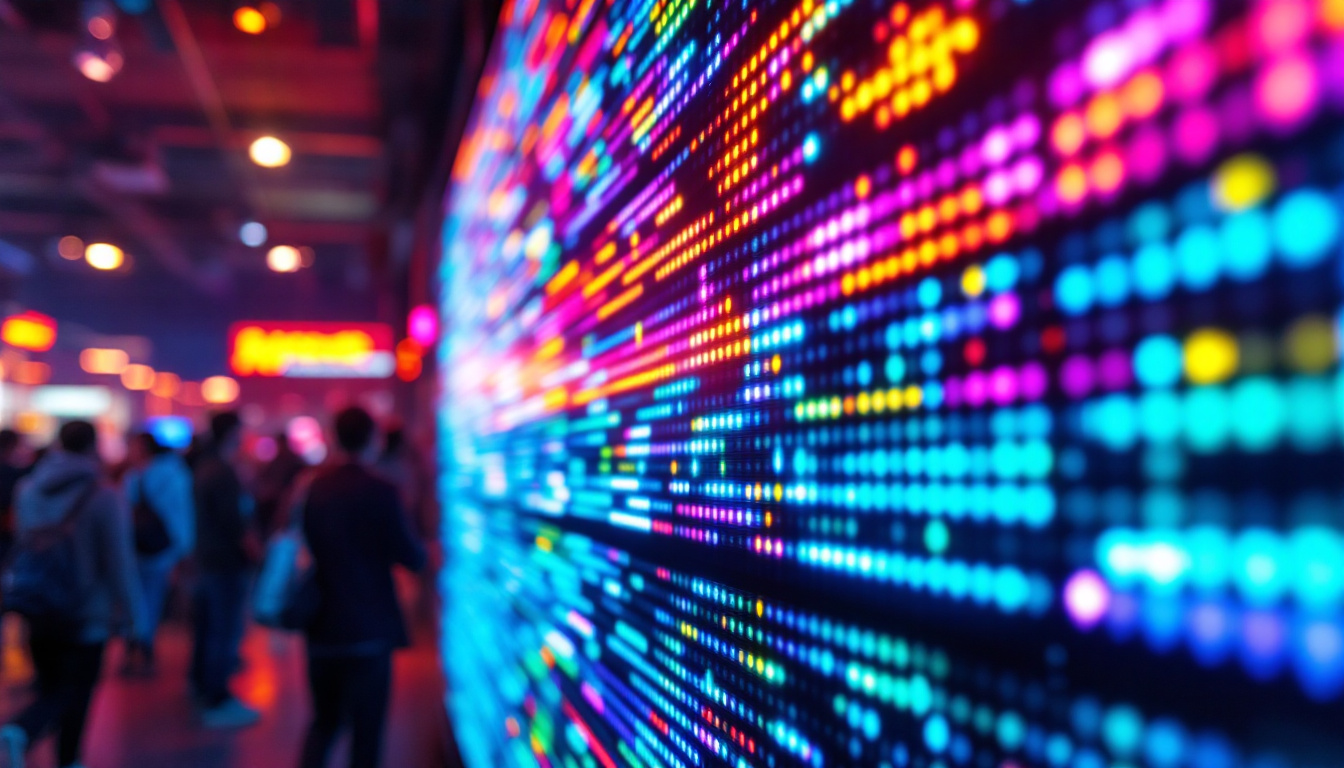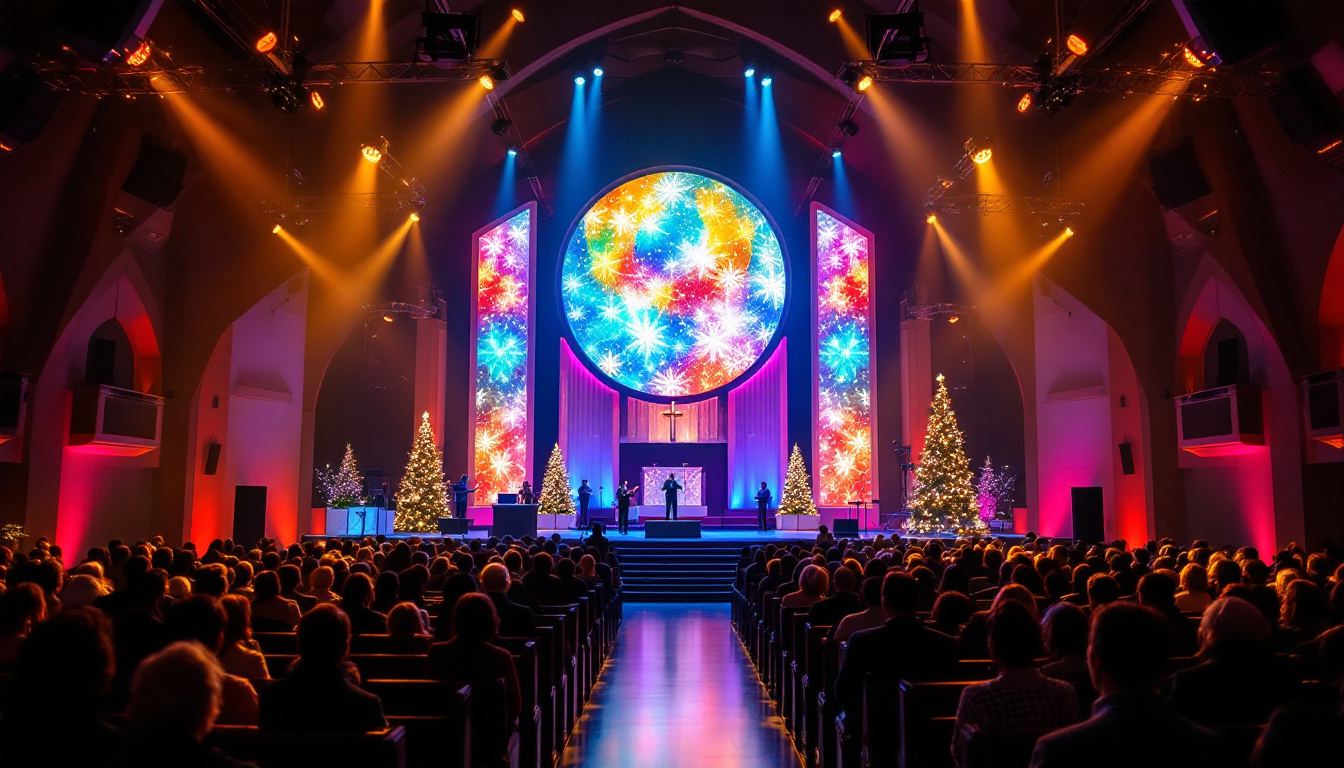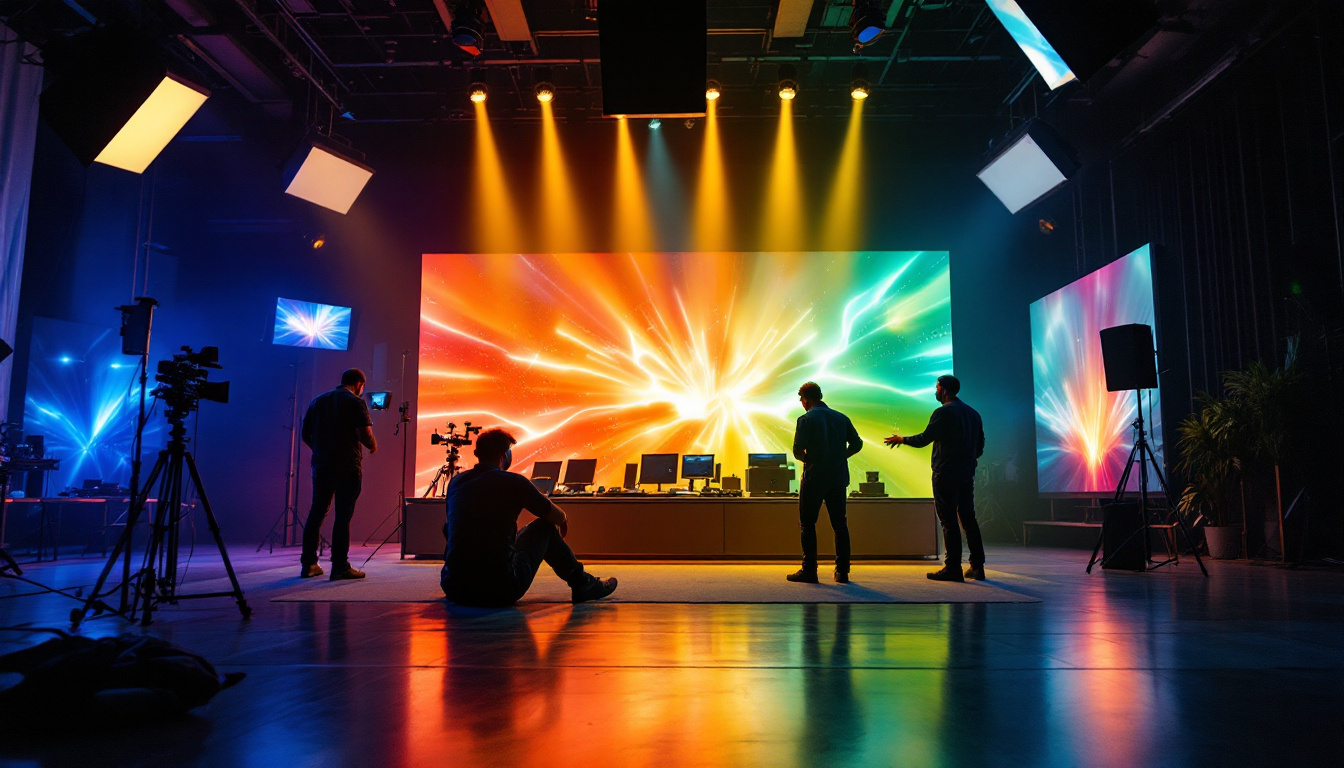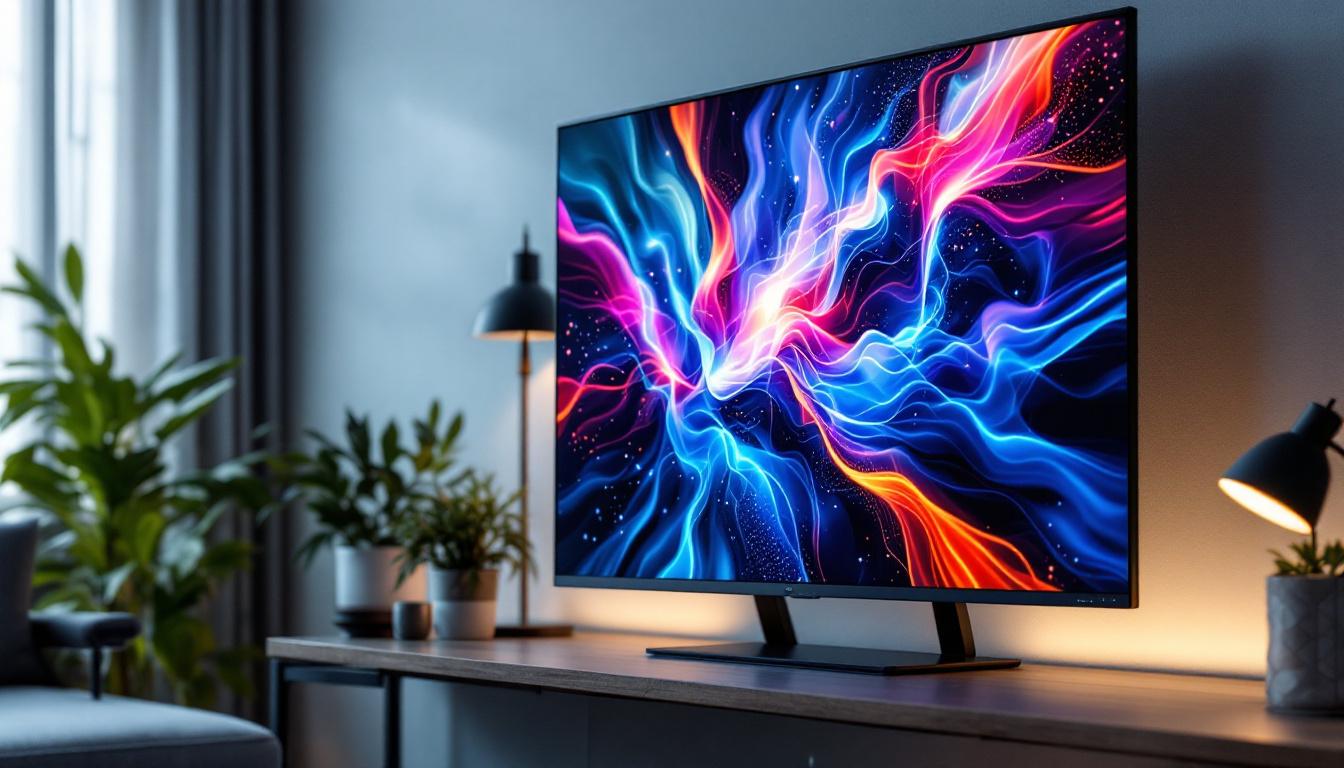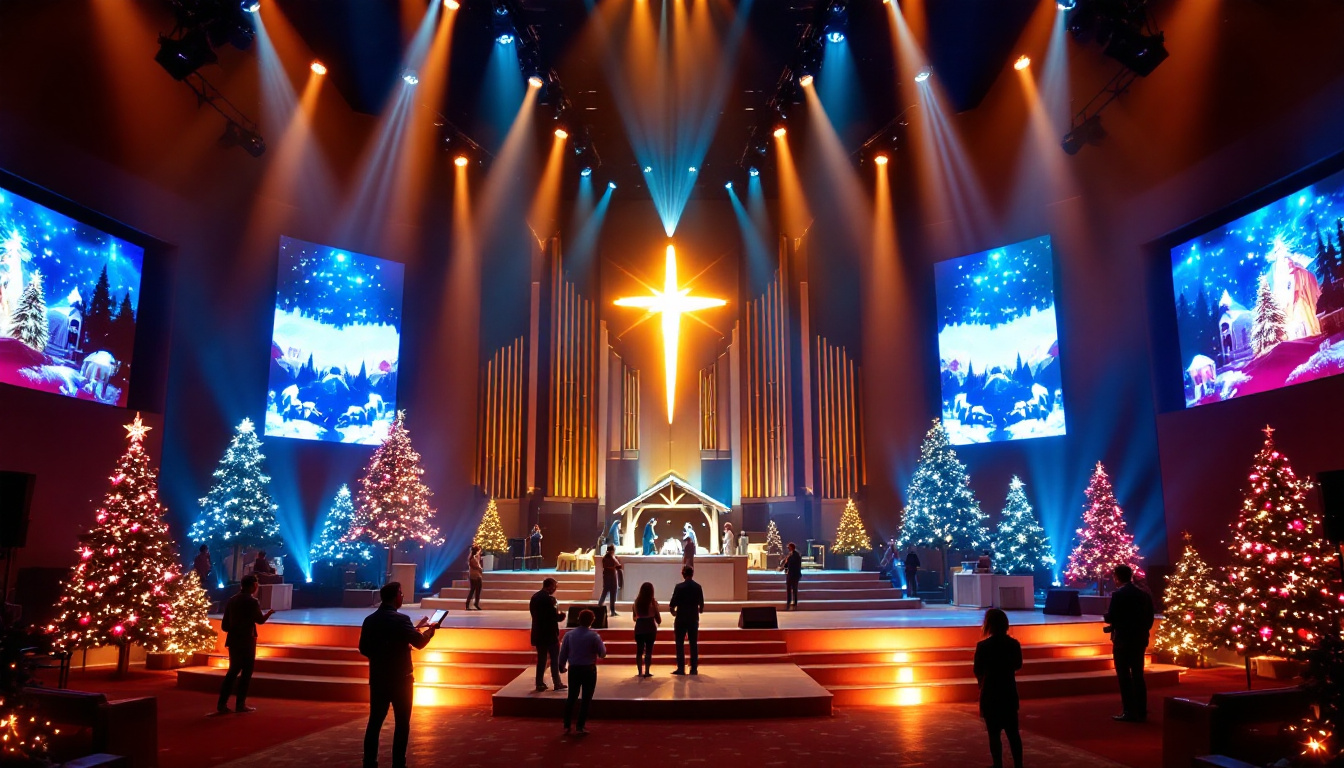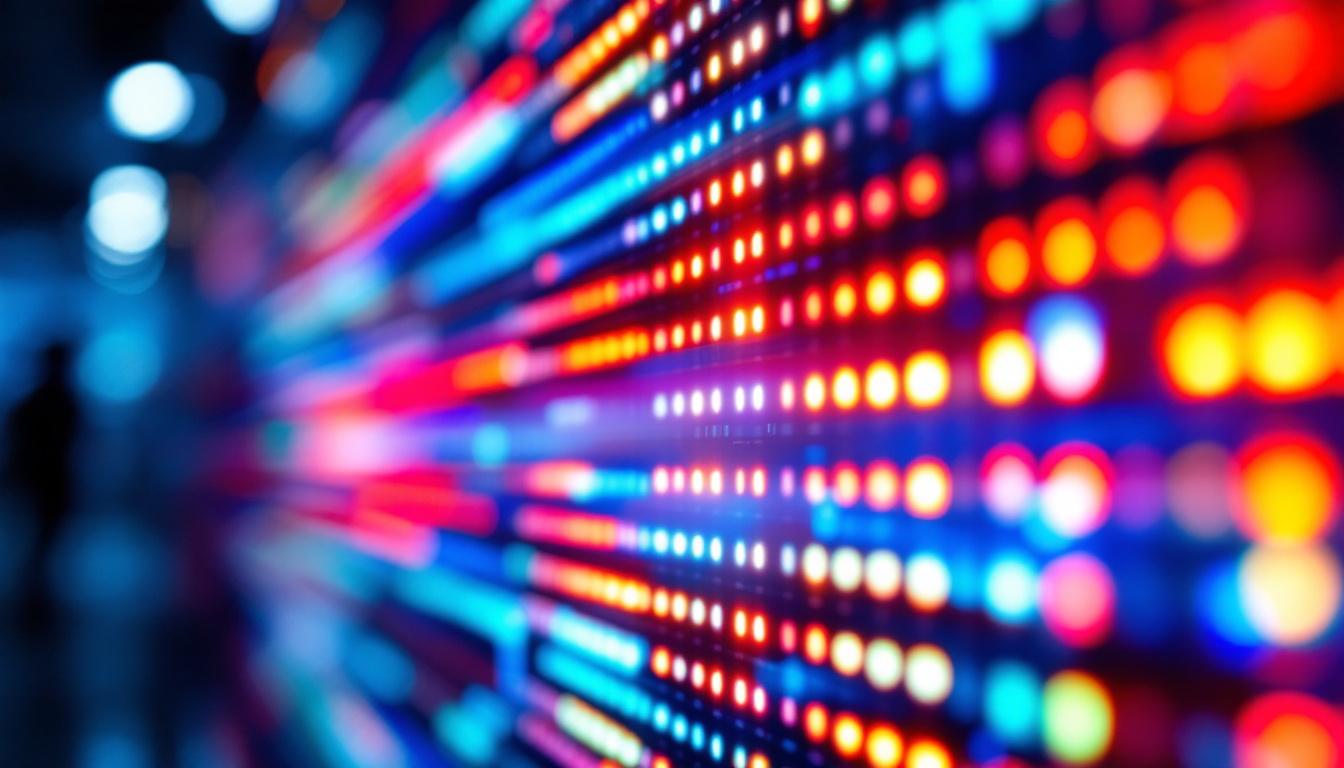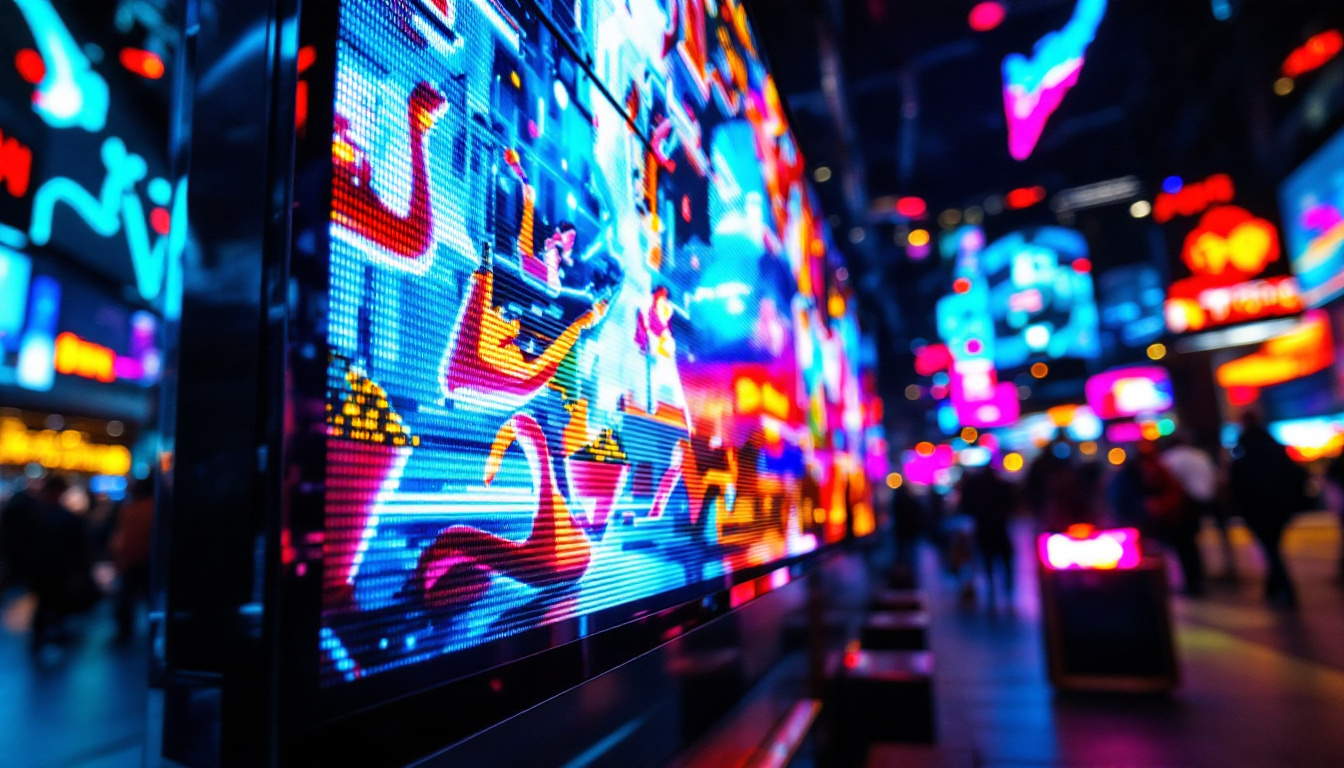In the rapidly evolving world of technology, LED displays have emerged as a cornerstone of modern visual communication. Their versatility, efficiency, and vibrant color reproduction make them a preferred choice for various applications, from televisions to large-scale advertising billboards. This article delves into the intricacies of LED displays, exploring their technology, advantages, applications, and future trends.
Understanding LED Technology
What is an LED?
LED stands for Light Emitting Diode, a semiconductor device that emits light when an electric current passes through it. Unlike traditional incandescent bulbs, which produce light by heating a filament, LEDs generate light through electroluminescence. This process not only makes LEDs more energy-efficient but also allows for a broader range of colors and brightness levels.
The fundamental structure of an LED consists of a chip made of semiconductor materials, typically gallium arsenide or gallium phosphide. When electrons recombine with holes in the semiconductor, energy is released in the form of photons, which is the light we see. This technology has been refined over the years, leading to the development of various types of LEDs, including SMD (Surface Mount Device) and COB (Chip on Board) LEDs. The advancements in LED technology have also paved the way for innovations such as tunable white LEDs, which can adjust their color temperature to mimic natural daylight, enhancing the ambiance of any space.
Types of LED Displays
LED displays can be categorized into several types based on their construction and application. The most common types include:
- Direct View LED Displays: These displays consist of individual LEDs arranged in a grid, allowing for high brightness and excellent visibility even in bright environments.
- LED Backlit Displays: Often found in televisions and computer monitors, these displays use LEDs to illuminate an LCD panel, enhancing color and contrast.
- Organic LED (OLED) Displays: Utilizing organic compounds, OLEDs offer superior color accuracy and contrast ratios, making them popular in high-end televisions and smartphones.
In addition to these common types, there are also specialized LED displays designed for specific applications. For instance, LED video walls are often used in advertising and entertainment, where large-scale visuals are essential for capturing audience attention. These displays can be seamlessly tiled together to create a massive screen that delivers stunning imagery. Furthermore, there are outdoor LED displays, which are engineered to withstand harsh weather conditions while providing high brightness and visibility, making them ideal for billboards and sports arenas. The versatility of LED technology continues to expand, influencing various industries from automotive lighting to architectural design.
Advantages of LED Displays
Energy Efficiency
One of the most significant advantages of LED displays is their energy efficiency. Compared to traditional display technologies, such as CRT and LCD, LEDs consume significantly less power. This efficiency not only reduces electricity costs but also contributes to a lower carbon footprint, making LED displays an environmentally friendly choice. Furthermore, the reduced energy consumption means that businesses can allocate their resources more effectively, potentially investing the savings into other areas such as marketing or product development. As energy costs continue to rise, the long-term savings associated with LED technology become even more appealing.
Brightness and Visibility
LED displays are known for their exceptional brightness, making them ideal for outdoor applications where sunlight can wash out other display types. The ability to produce high levels of brightness ensures that content remains visible and engaging, regardless of ambient lighting conditions. This characteristic is particularly beneficial for advertising and public information displays. Additionally, the color accuracy and contrast ratios of LED displays enhance the visual experience, allowing for vibrant colors that capture attention more effectively than other technologies. This makes LED displays a preferred choice for events, concerts, and sporting venues, where visibility is crucial for audience engagement.
Longevity and Durability
LEDs have a long operational life, often exceeding 50,000 hours. This longevity translates to lower maintenance costs and reduced frequency of replacements. Additionally, LED displays are generally more durable than traditional displays, as they are less susceptible to damage from shock and vibration. This makes them suitable for a wide range of environments, from bustling city streets to indoor venues. Moreover, the robust nature of LED technology allows for operation in extreme temperatures and weather conditions, ensuring consistent performance year-round. As a result, businesses can rely on LED displays for continuous operation, enhancing their return on investment and minimizing downtime due to maintenance or repairs.
Applications of LED Displays
Advertising and Marketing
One of the most prominent applications of LED displays is in advertising and marketing. digital billboards and signage leverage the vibrant colors and brightness of LEDs to capture the attention of passersby. These displays can be easily updated with new content, allowing businesses to promote their products and services dynamically. Furthermore, the ability to program LED displays to change messages based on time of day or audience demographics enhances targeted advertising efforts, making campaigns more effective. For instance, a coffee shop might display morning promotions for coffee and pastries, while transitioning to dessert specials in the evening, ensuring that the content is relevant and appealing to the audience at any given time.
Entertainment and Events
In the entertainment industry, LED displays play a crucial role in enhancing the visual experience. Concerts, sports events, and theater productions utilize large LED screens to display live feeds, graphics, and animations. The flexibility of LED technology allows for creative staging and immersive experiences that captivate audiences. Beyond just visuals, these displays can also be synchronized with sound and lighting effects, creating a multi-sensory experience that elevates the overall performance. For example, during a music festival, LED screens can showcase stunning visuals that correspond with the beat of the music, transforming the atmosphere and engaging the audience on a deeper level.
Information and Communication
LED displays are also widely used for information dissemination in various settings, including transportation hubs, public spaces, and corporate environments. From flight information displays at airports to digital signage in shopping malls, these displays provide real-time updates and essential information to the public. In addition to their functionality, LED displays can enhance the aesthetic appeal of an environment. For instance, in corporate offices, sleek LED screens can be used to showcase company achievements, upcoming events, or even employee recognition, fostering a sense of community and engagement among staff. Moreover, in educational institutions, LED displays can serve as a dynamic tool for announcements and event promotions, ensuring that students and faculty remain informed and connected.
The Future of LED Displays
Technological Advancements
The future of LED displays is promising, with ongoing advancements in technology. Innovations such as microLED and miniLED are paving the way for even higher resolution displays with improved color accuracy and contrast. These technologies allow for smaller pixels, resulting in sharper images and enhanced viewing experiences. Additionally, the development of flexible LED displays is opening up new possibilities for creative applications, from curved screens that fit seamlessly into architectural designs to wearable technology that can adapt to various forms. As these advancements continue, we can expect to see displays that not only enhance visual quality but also offer unique shapes and functionalities that were previously unimaginable.
Integration with Smart Technology
As smart technology continues to permeate everyday life, LED displays are increasingly being integrated into smart systems. This integration enables features such as remote content management, interactivity, and connectivity with other devices. For instance, smart cities are utilizing LED displays for real-time information sharing and community engagement. Furthermore, the rise of the Internet of Things (IoT) is allowing LED displays to communicate with other smart devices, creating a cohesive ecosystem that enhances user experience. Imagine walking into a store where the LED displays adjust their content based on your preferences, or a home where the living room screen syncs with your smart thermostat to showcase energy-saving tips. This interconnectedness not only enriches our interaction with technology but also fosters a more personalized and efficient environment.
Sustainability Initiatives
With a growing emphasis on sustainability, the LED display industry is focusing on eco-friendly practices. Manufacturers are exploring ways to reduce waste, improve recyclability, and utilize sustainable materials in production. As consumers become more environmentally conscious, these initiatives will play a crucial role in shaping the industry’s future. In addition to using recyclable components, some companies are investing in energy-efficient production processes that minimize carbon footprints. Moreover, the lifespan of LED displays is significantly longer than traditional display technologies, which reduces the frequency of replacements and contributes to less electronic waste. As the demand for sustainable solutions rises, we can expect to see more innovations that not only prioritize performance but also the health of our planet.
Challenges Facing LED Displays
Cost Considerations
Despite their numerous advantages, LED displays can be more expensive to produce and install compared to traditional display technologies. This initial investment can deter some businesses from adopting LED solutions, particularly small enterprises with limited budgets. However, the long-term savings in energy and maintenance costs often justify the upfront expenses.
Color Calibration and Consistency
Another challenge in the LED display market is ensuring color calibration and consistency across different units. Variations in manufacturing can lead to discrepancies in color reproduction, which can be particularly problematic for applications requiring precise color matching, such as branding and advertising. Ongoing advancements in calibration technology are addressing these issues, but it remains a consideration for users.
Heat Management
LED displays generate heat during operation, which can impact performance and longevity if not managed properly. Effective heat dissipation systems are essential to maintain optimal operating conditions and prevent damage. Manufacturers are continuously working on improving thermal management solutions to enhance the reliability of LED displays.
Conclusion
LED displays have revolutionized the way visual information is presented and consumed. Their energy efficiency, brightness, and versatility make them an integral part of modern communication, spanning various industries and applications. As technology continues to advance, the future of LED displays appears bright, with innovations aimed at enhancing performance, sustainability, and interactivity.
While challenges remain, the benefits of LED displays far outweigh the drawbacks, making them a compelling choice for businesses and consumers alike. As the demand for high-quality visual experiences grows, LED technology is poised to lead the way in shaping the future of display solutions.
Explore Cutting-Edge LED Display Solutions with LumenMatrix
Ready to elevate your visual experience with the latest in LED display technology? Look no further than LumenMatrix, a pioneer in crafting immersive and dynamic LED displays for every application. From the vibrancy of an Indoor LED Wall Display to the robustness of Outdoor LED Wall Displays, and from the mobility of Vehicle LED Displays to the innovation of LED Transparent Displays, LumenMatrix offers a comprehensive range of solutions tailored to your needs. Embrace the future of visual communication and check out LumenMatrix LED Display Solutions today to see how we can transform your space into a captivating visual spectacle.

